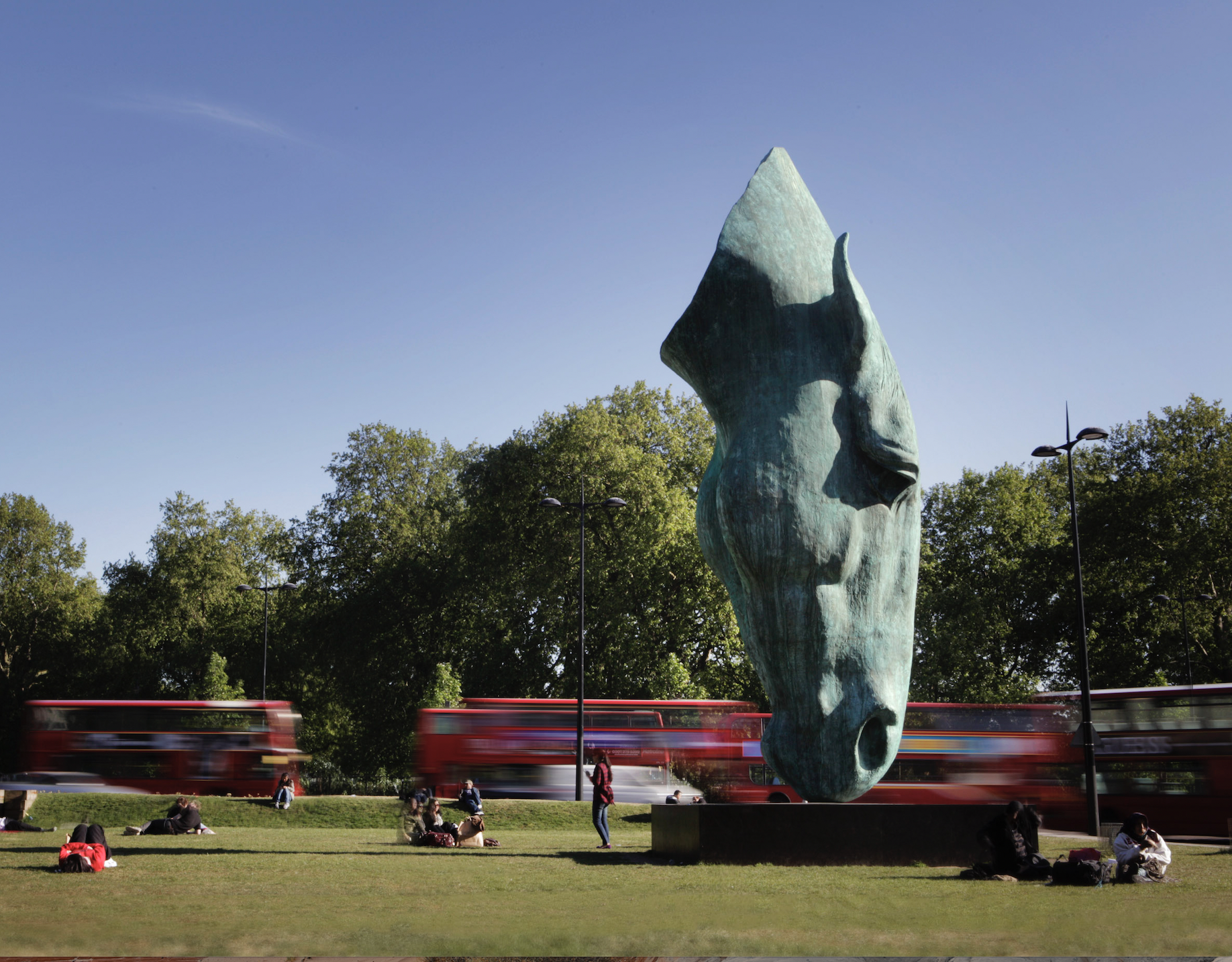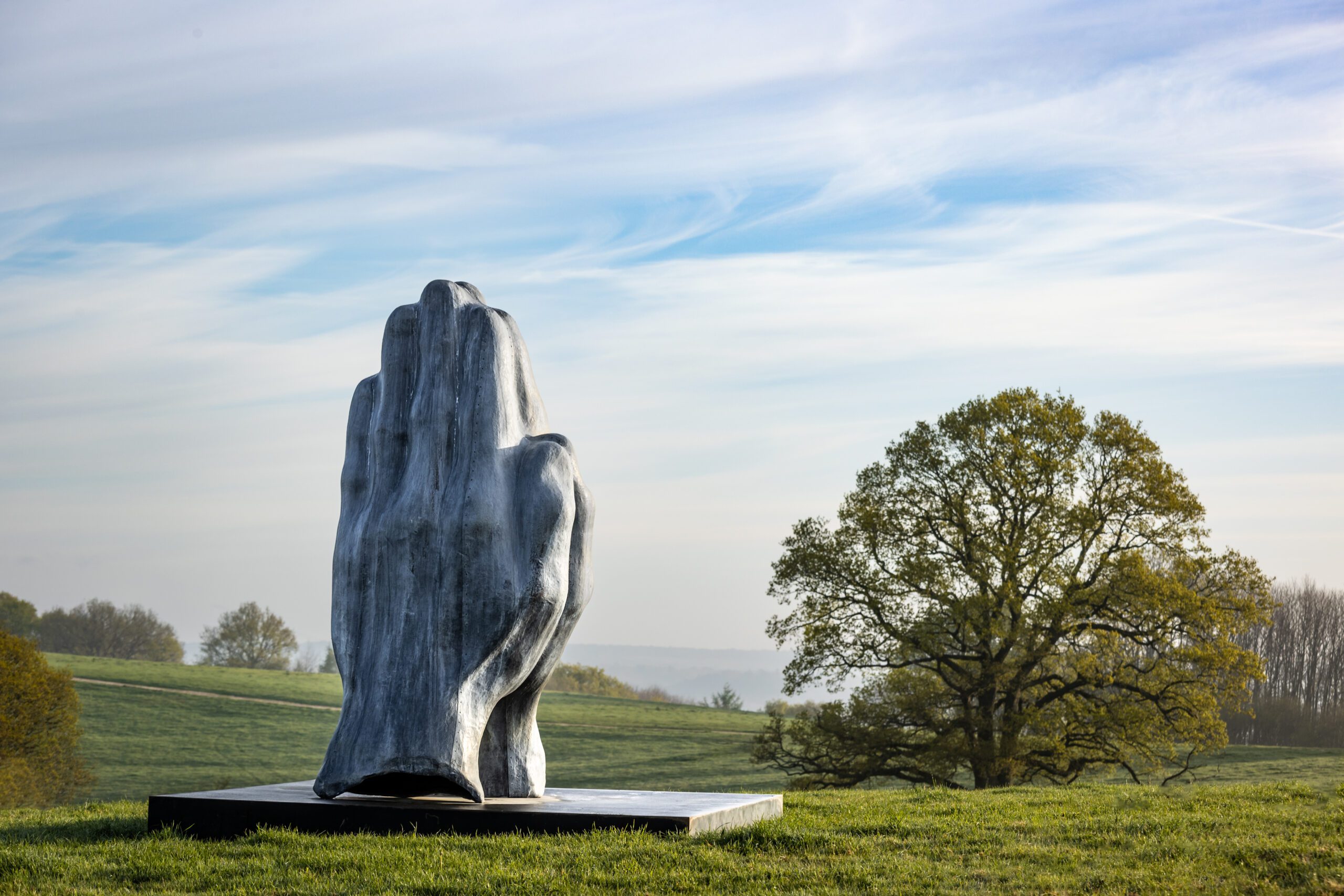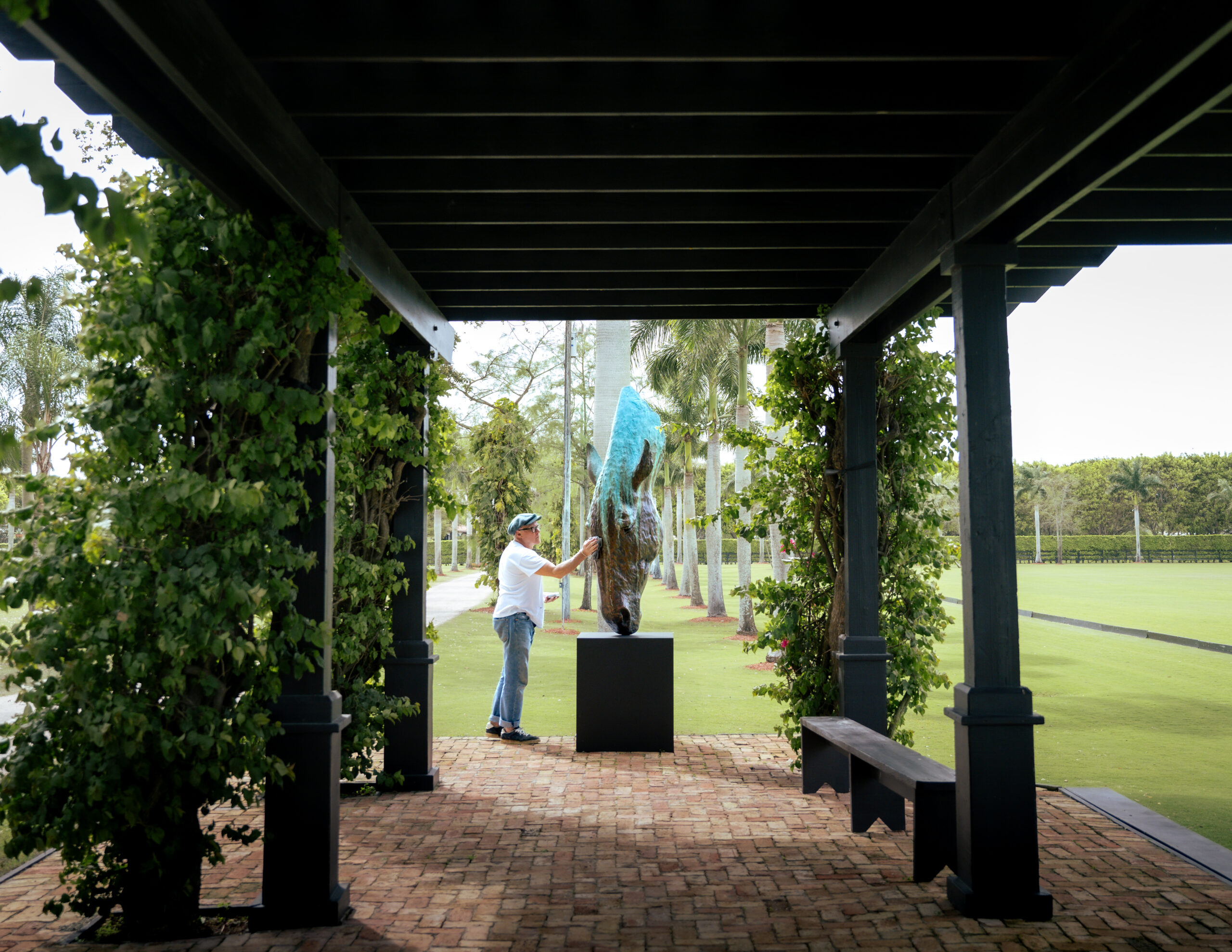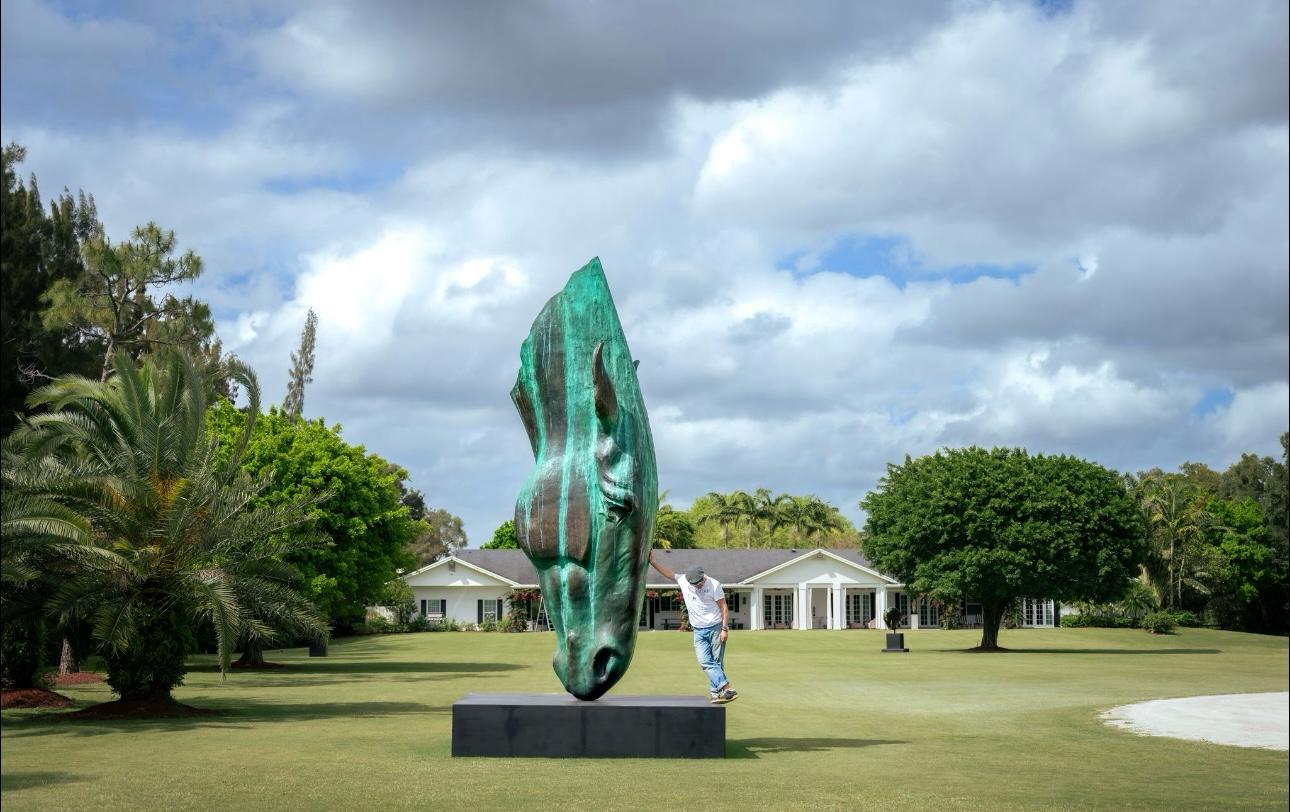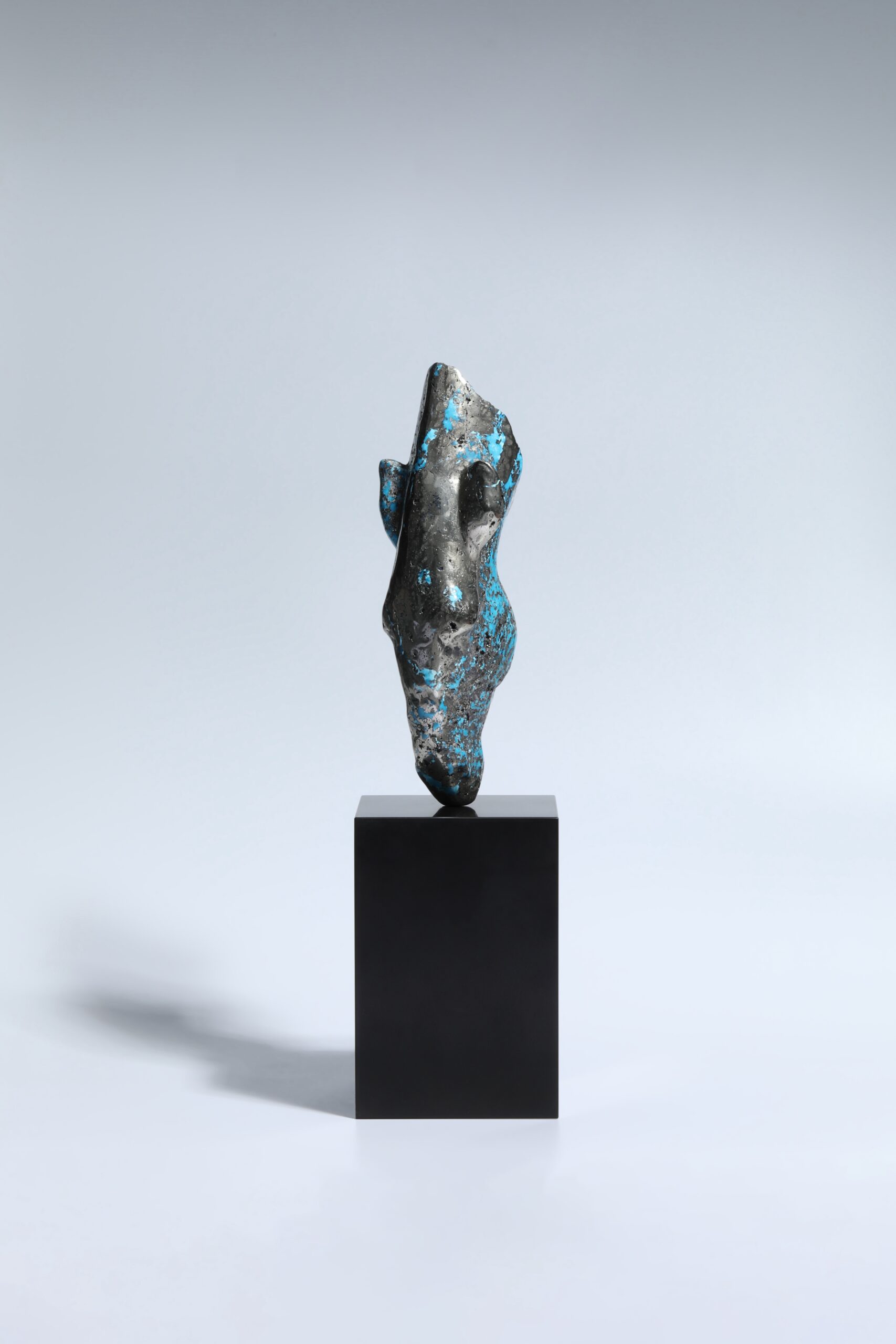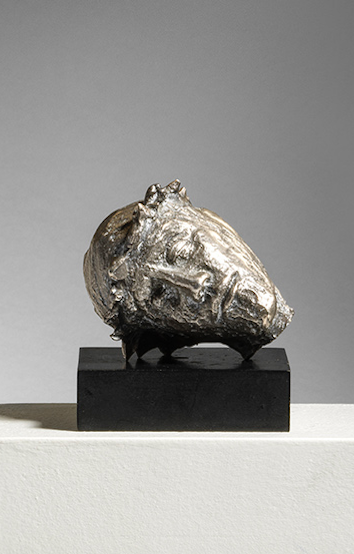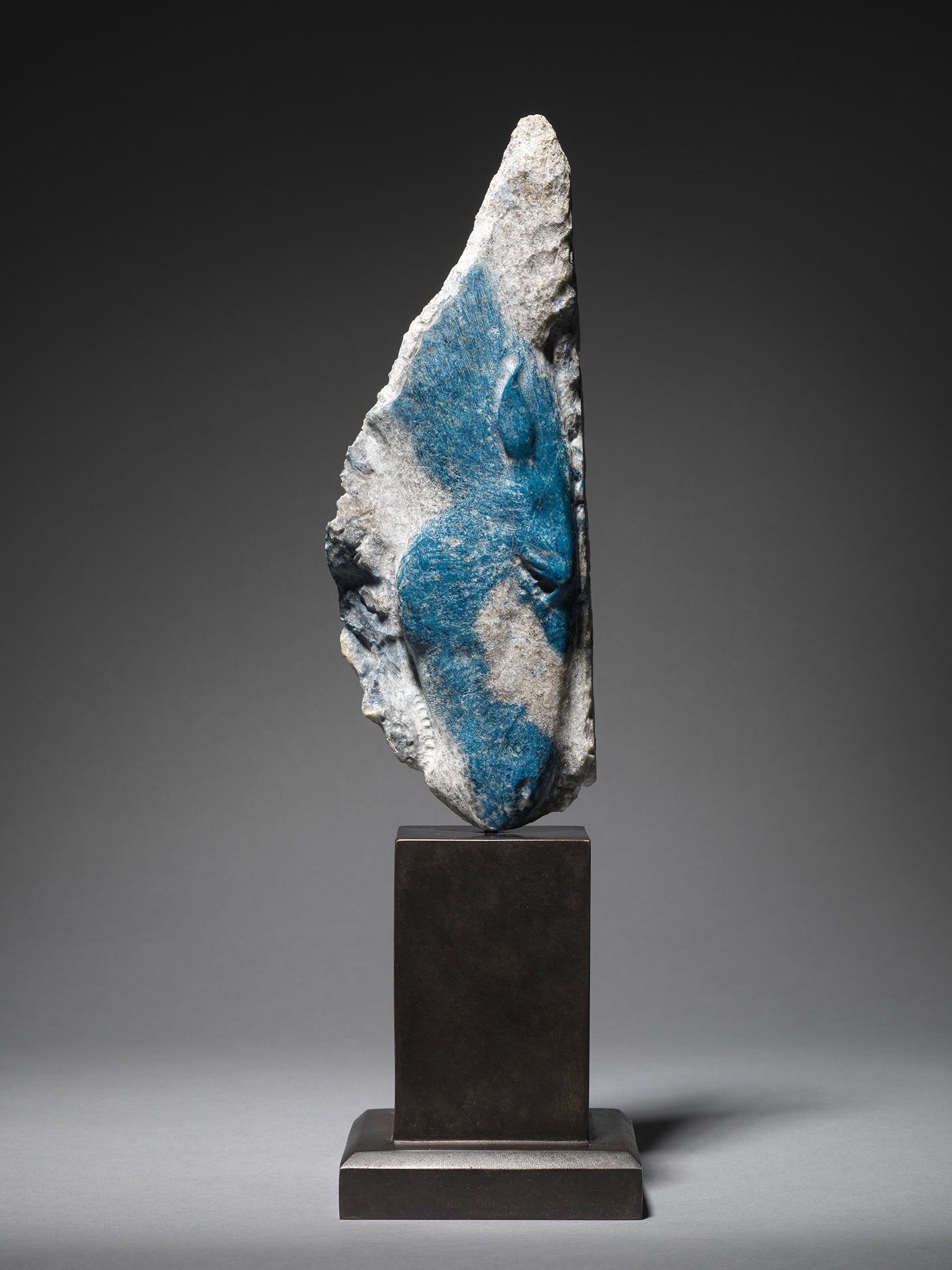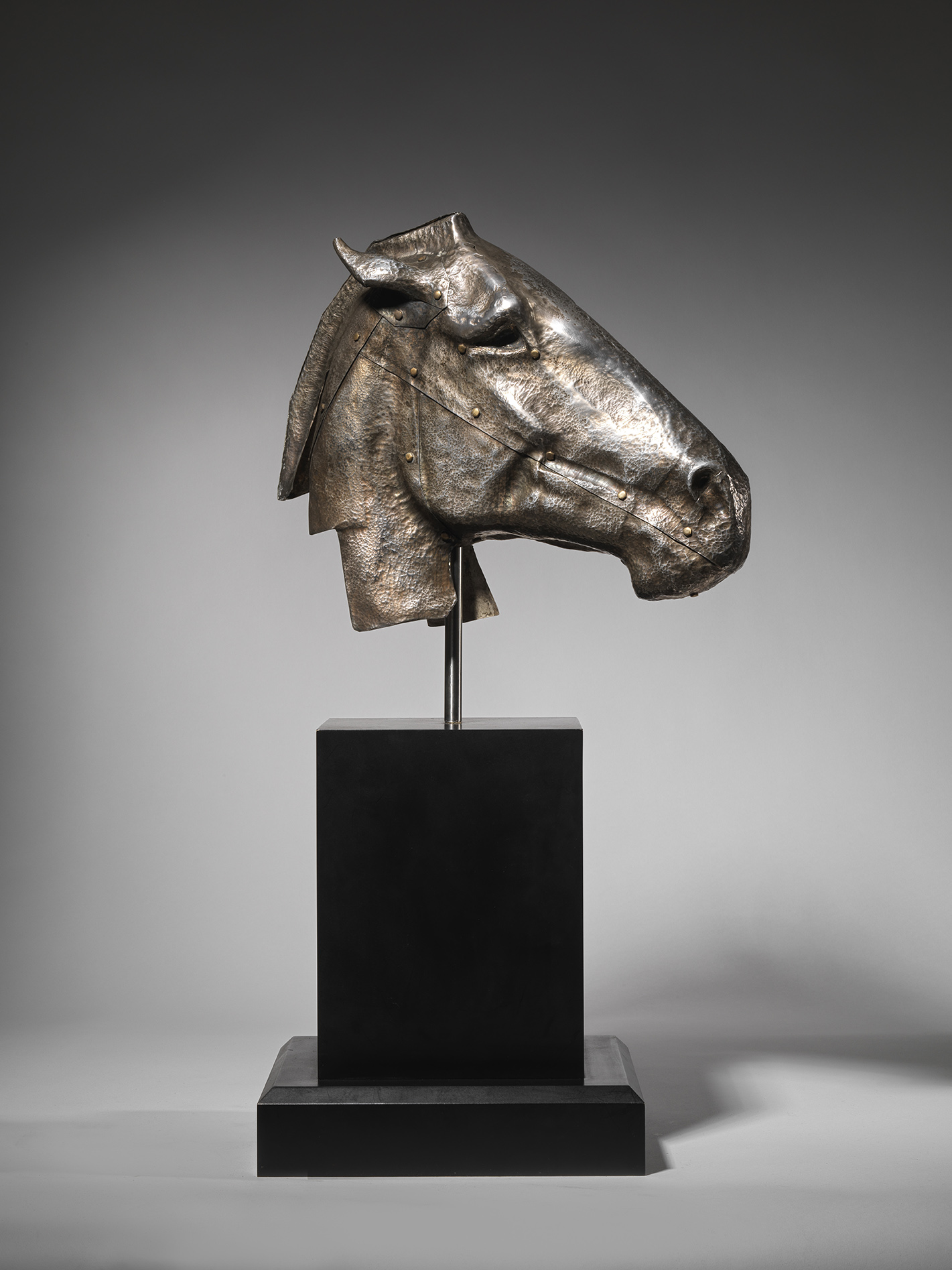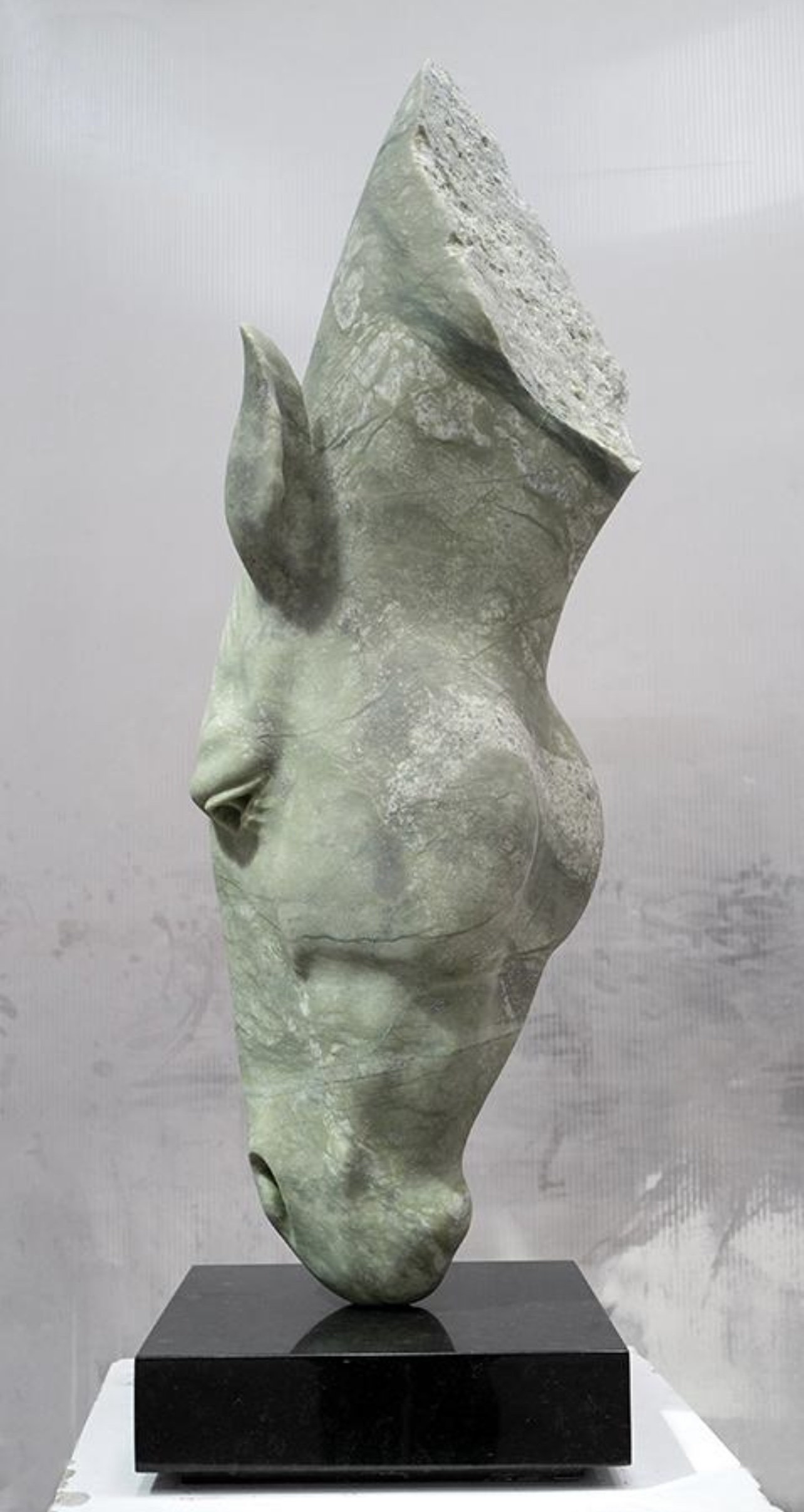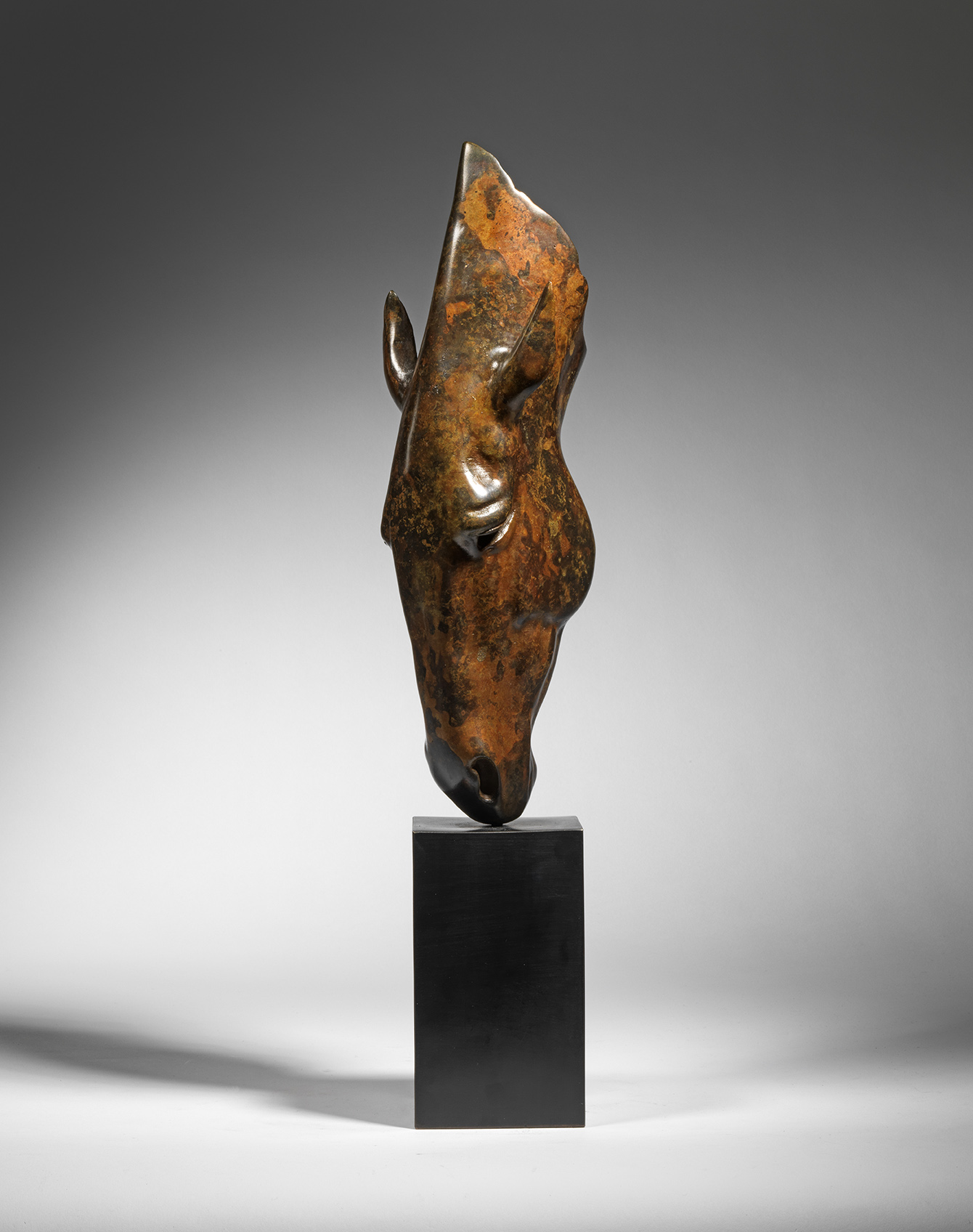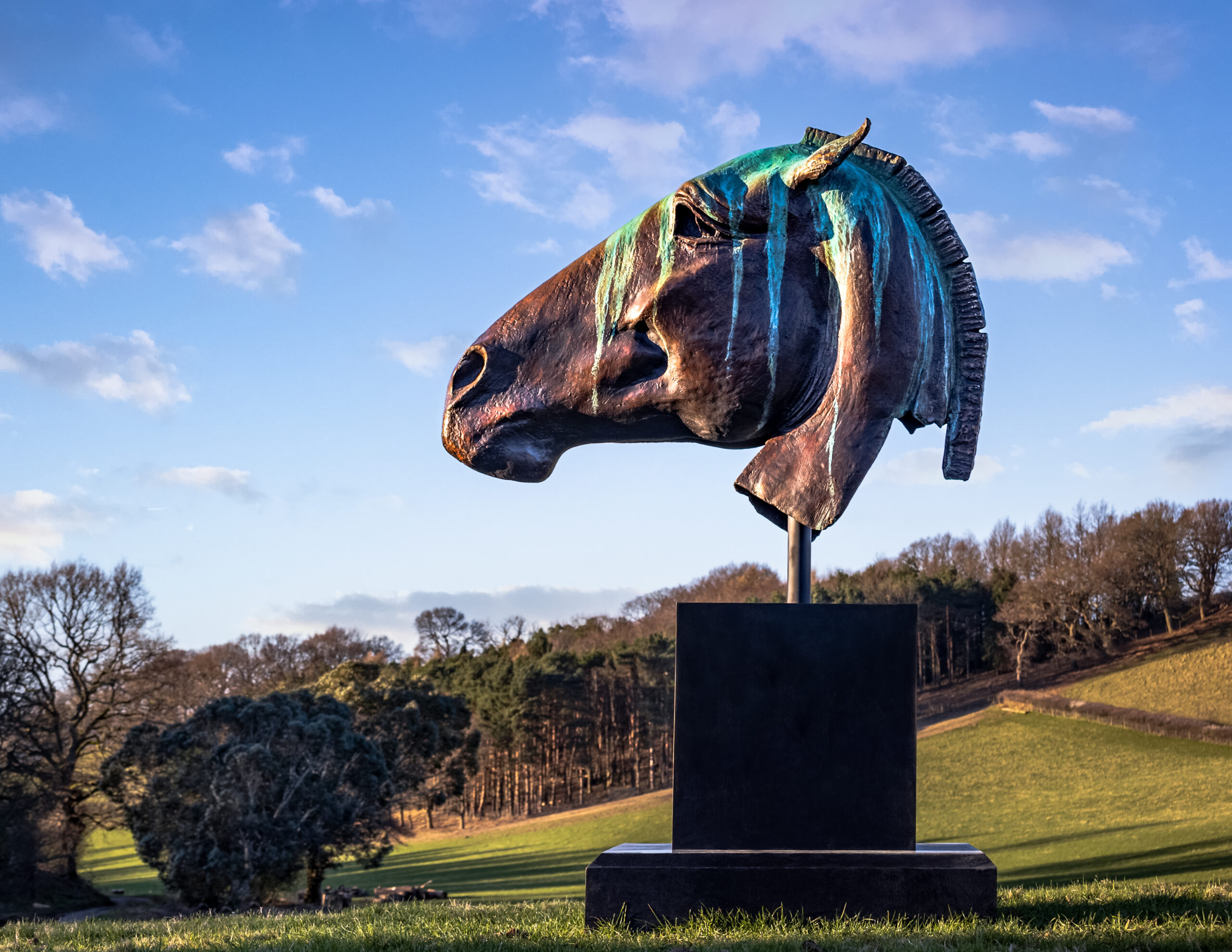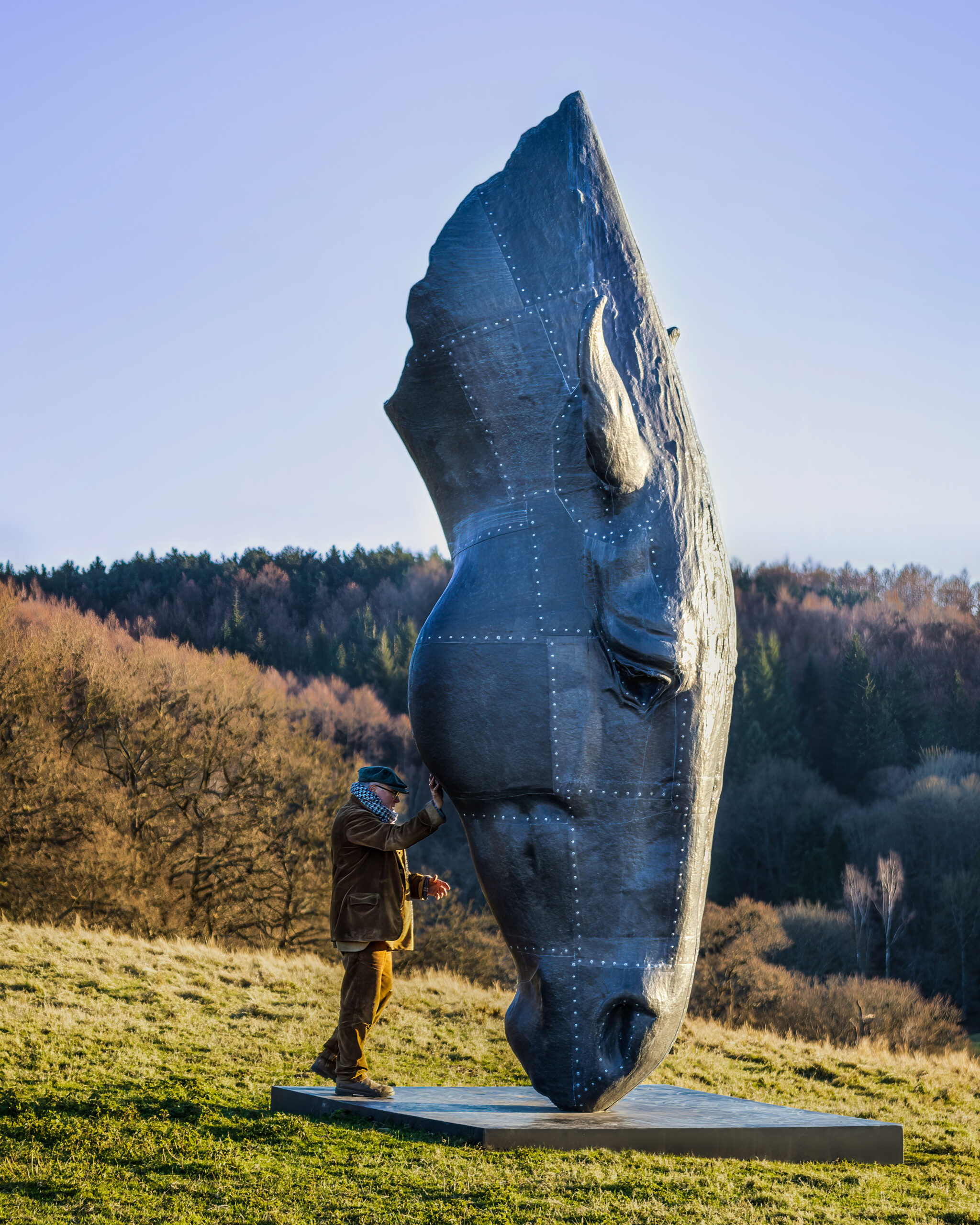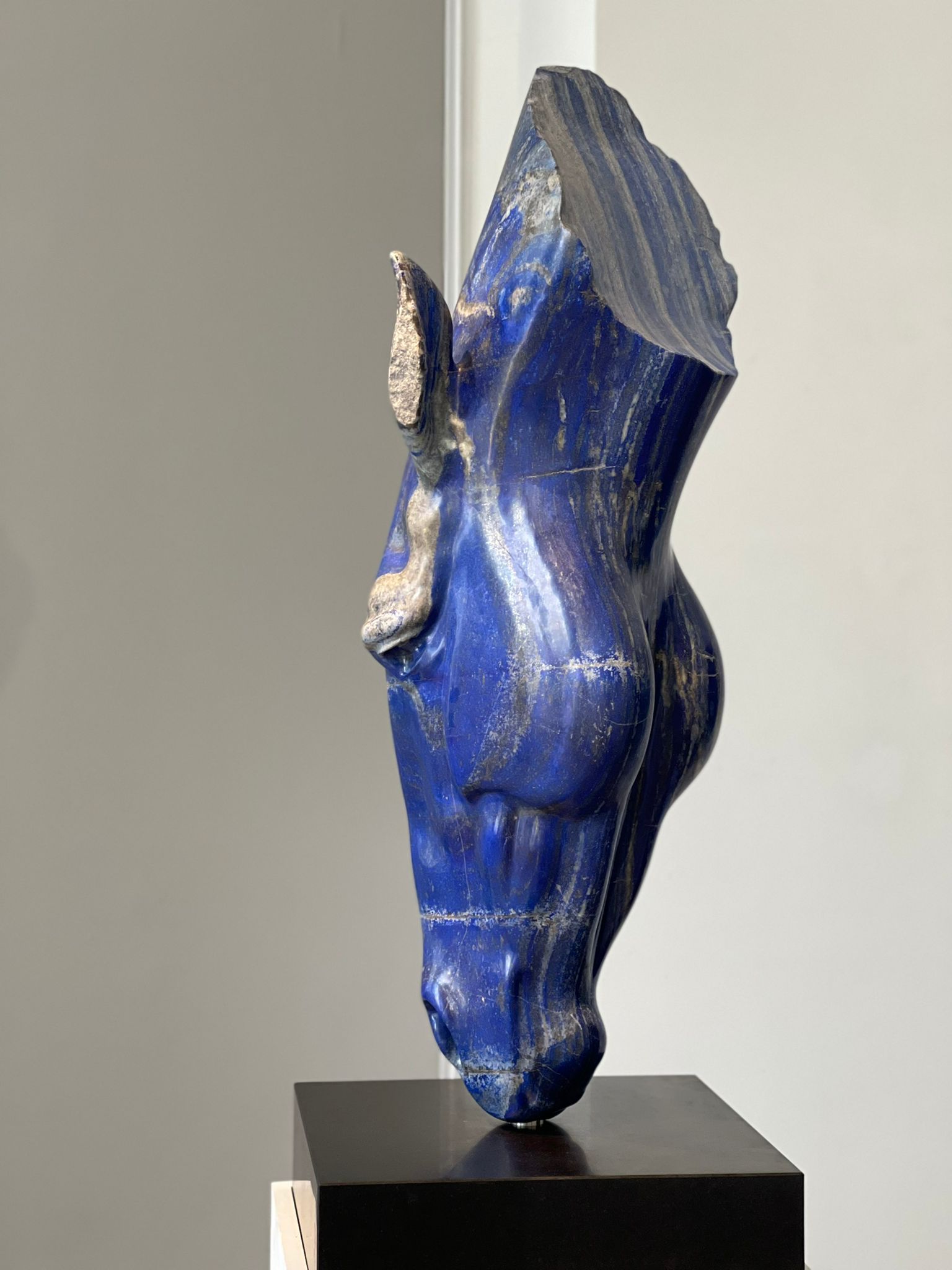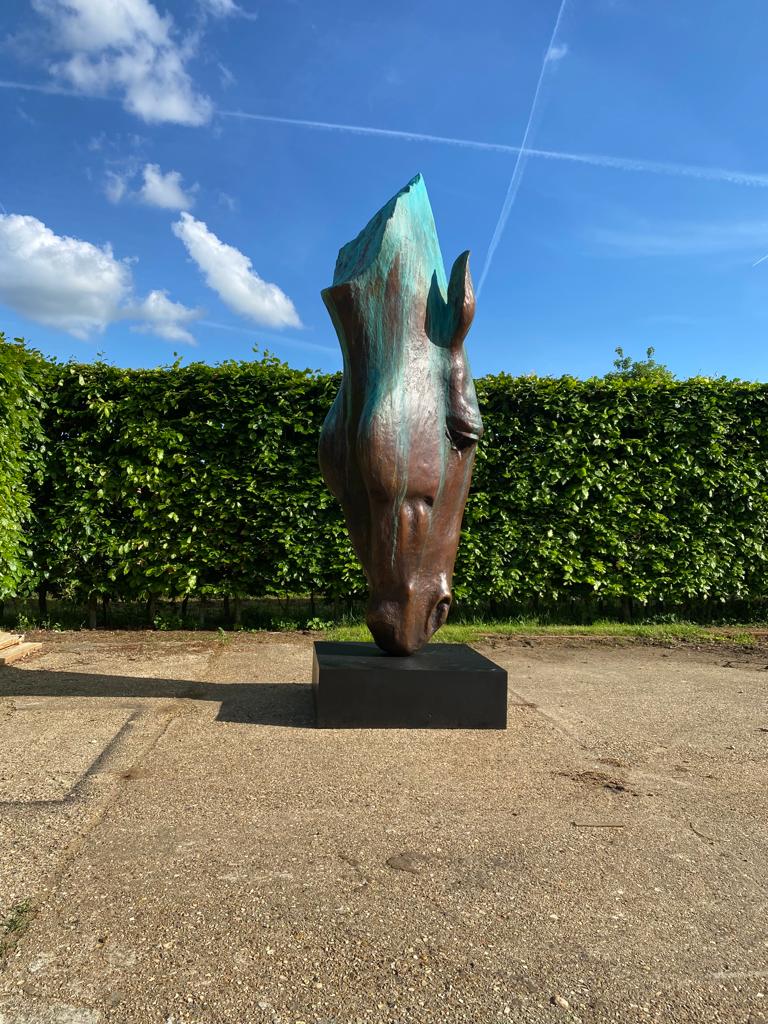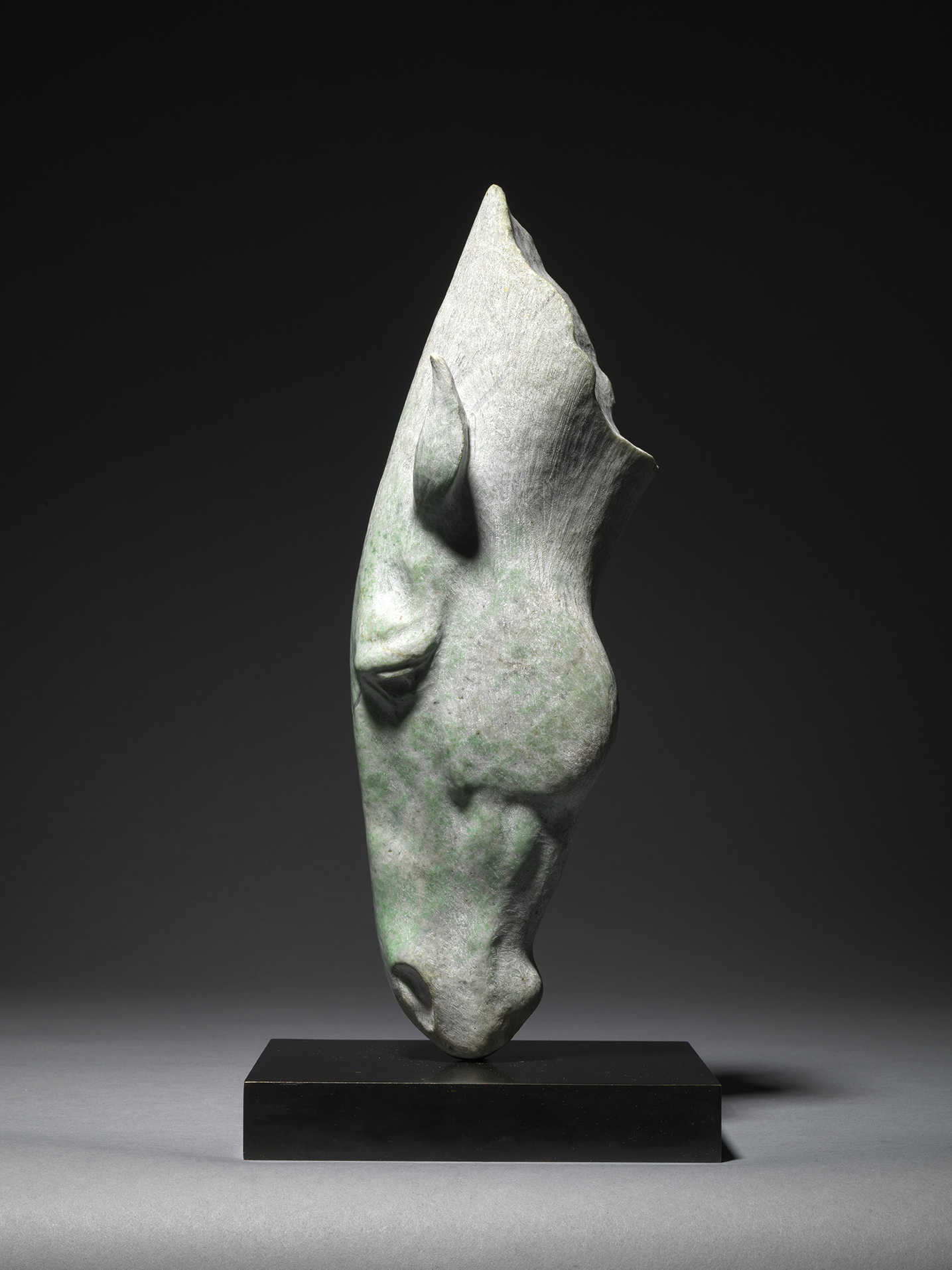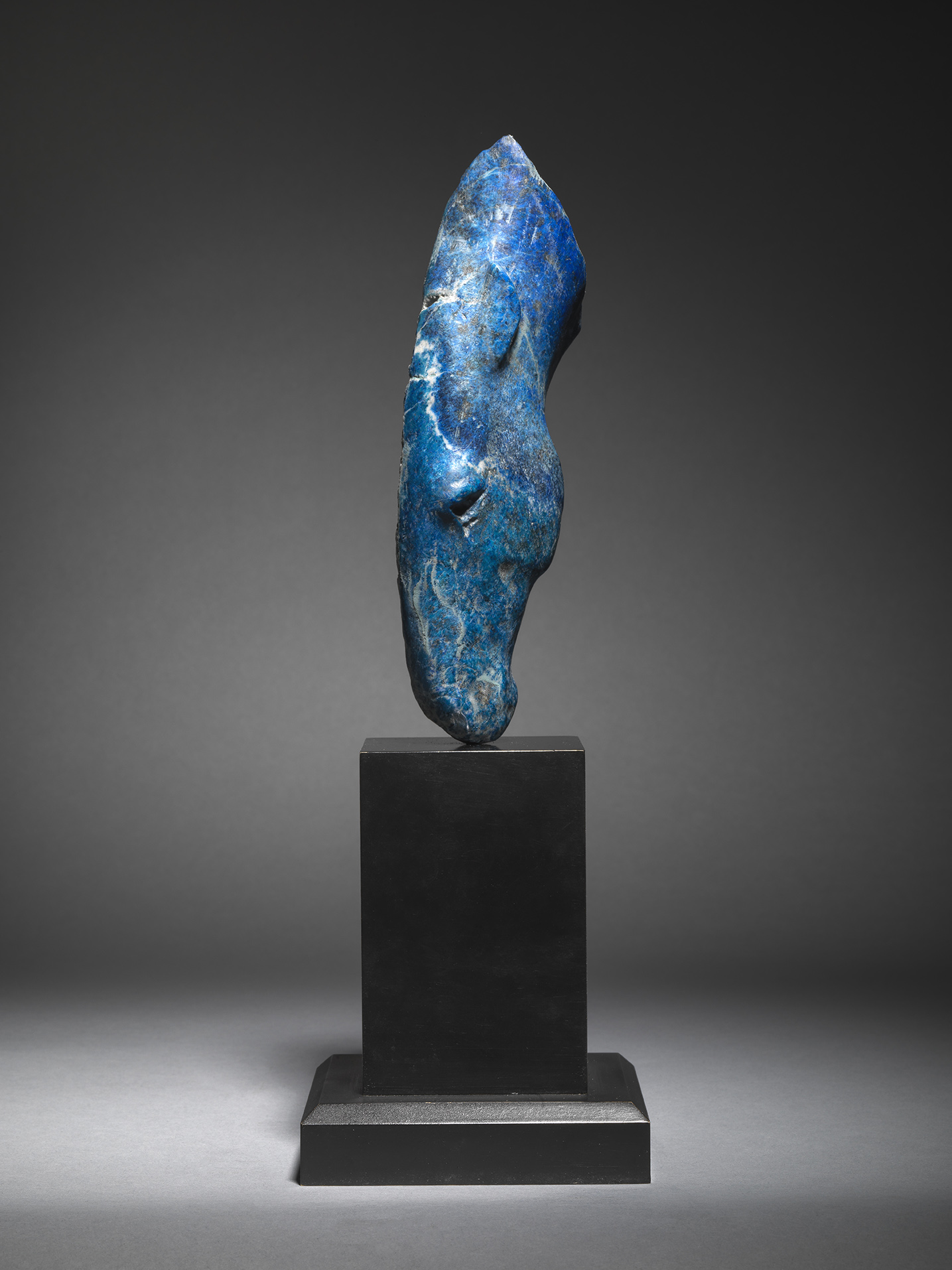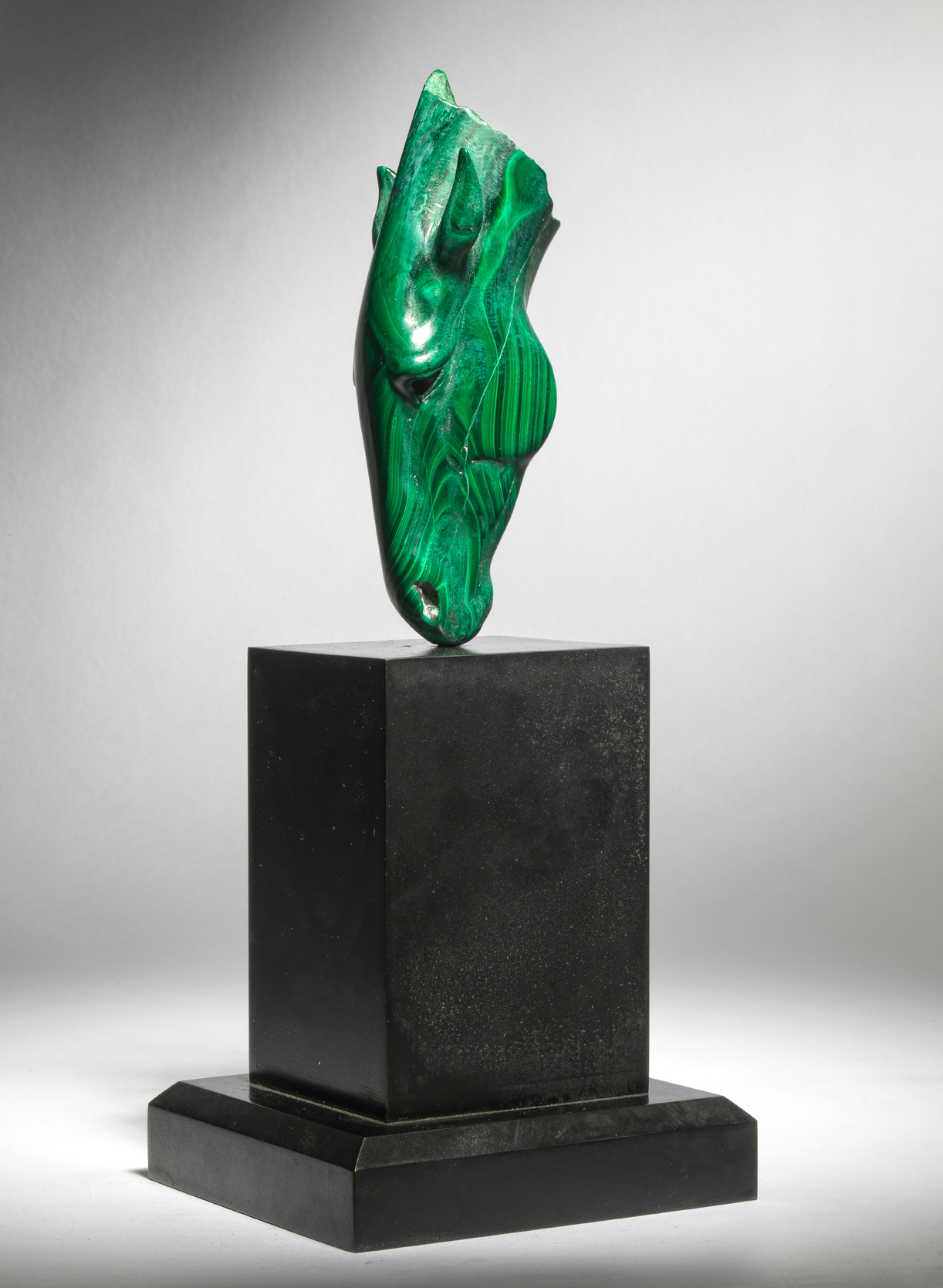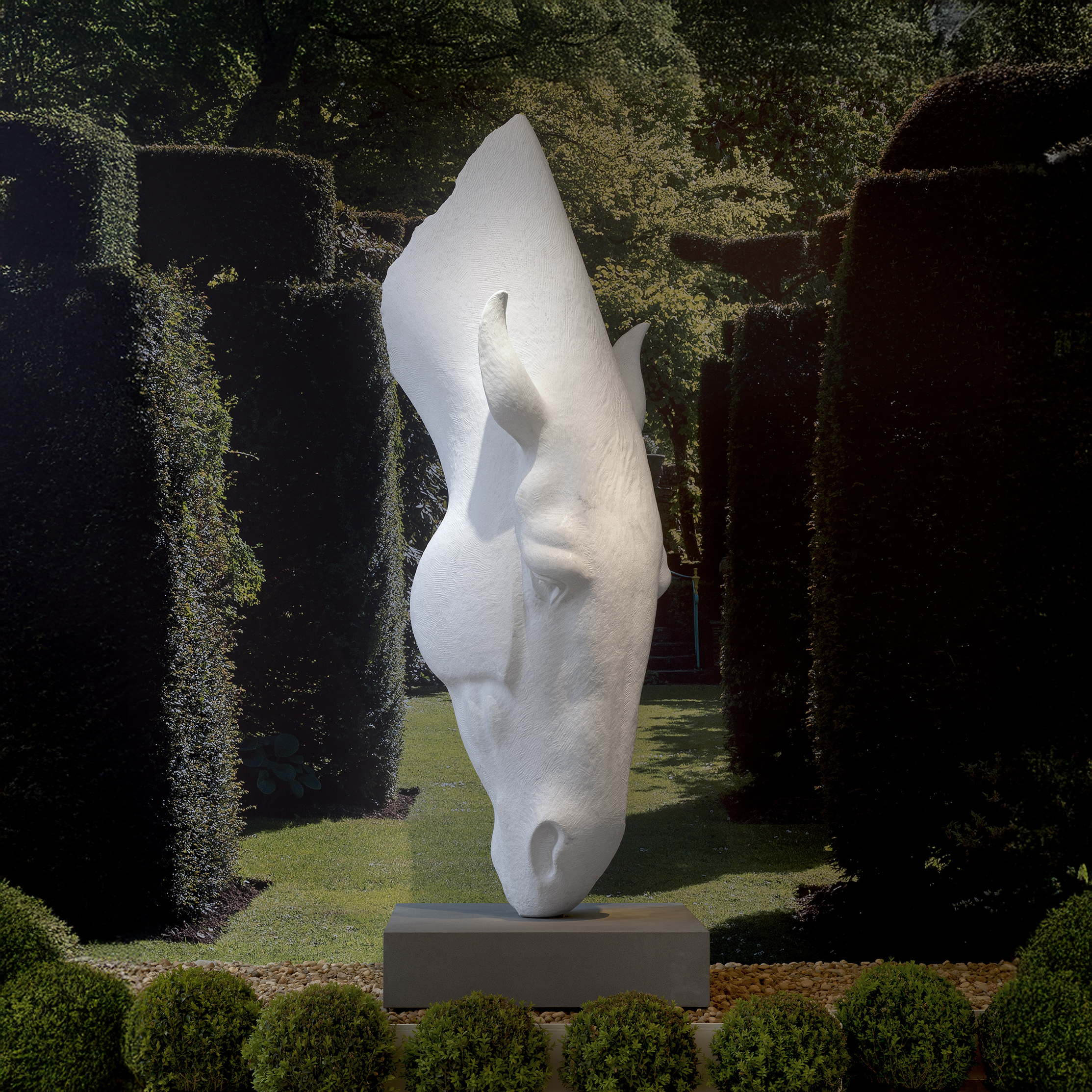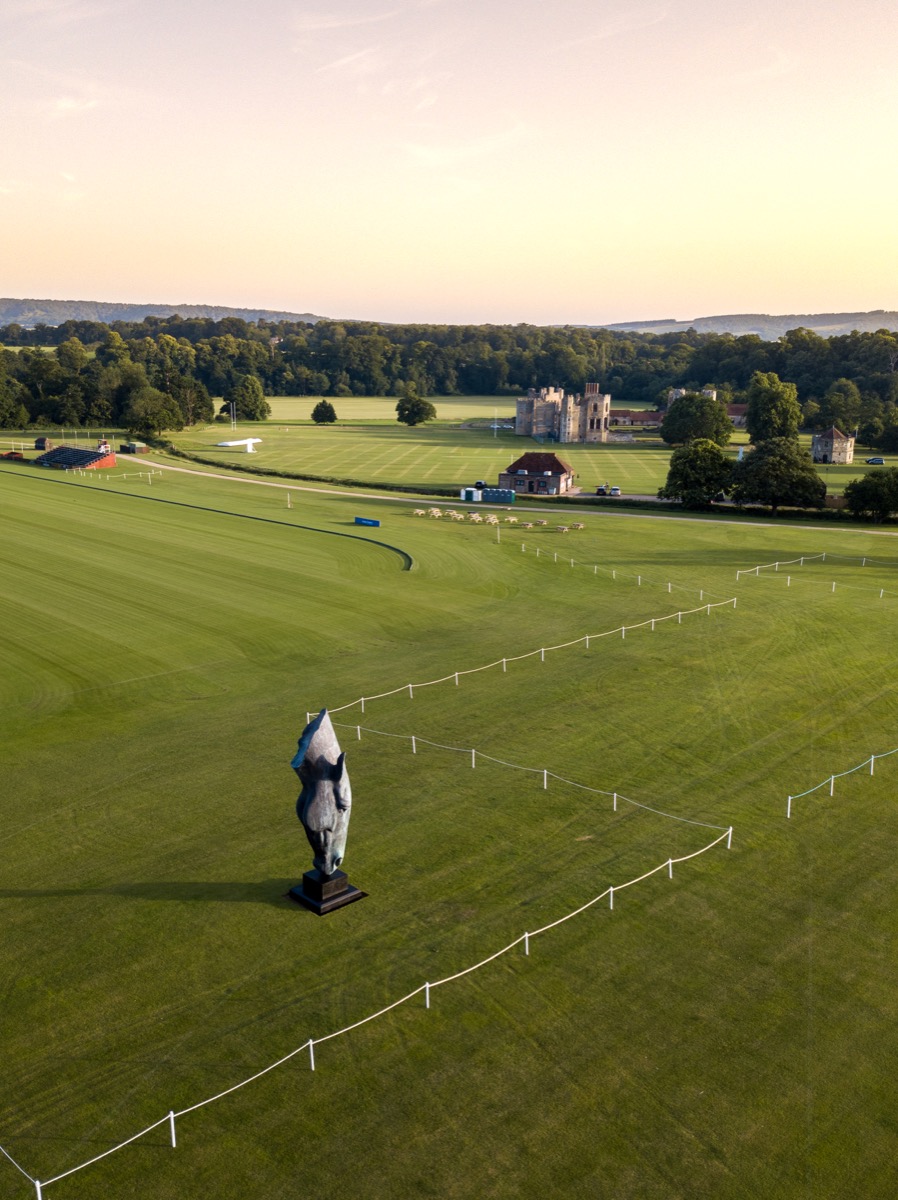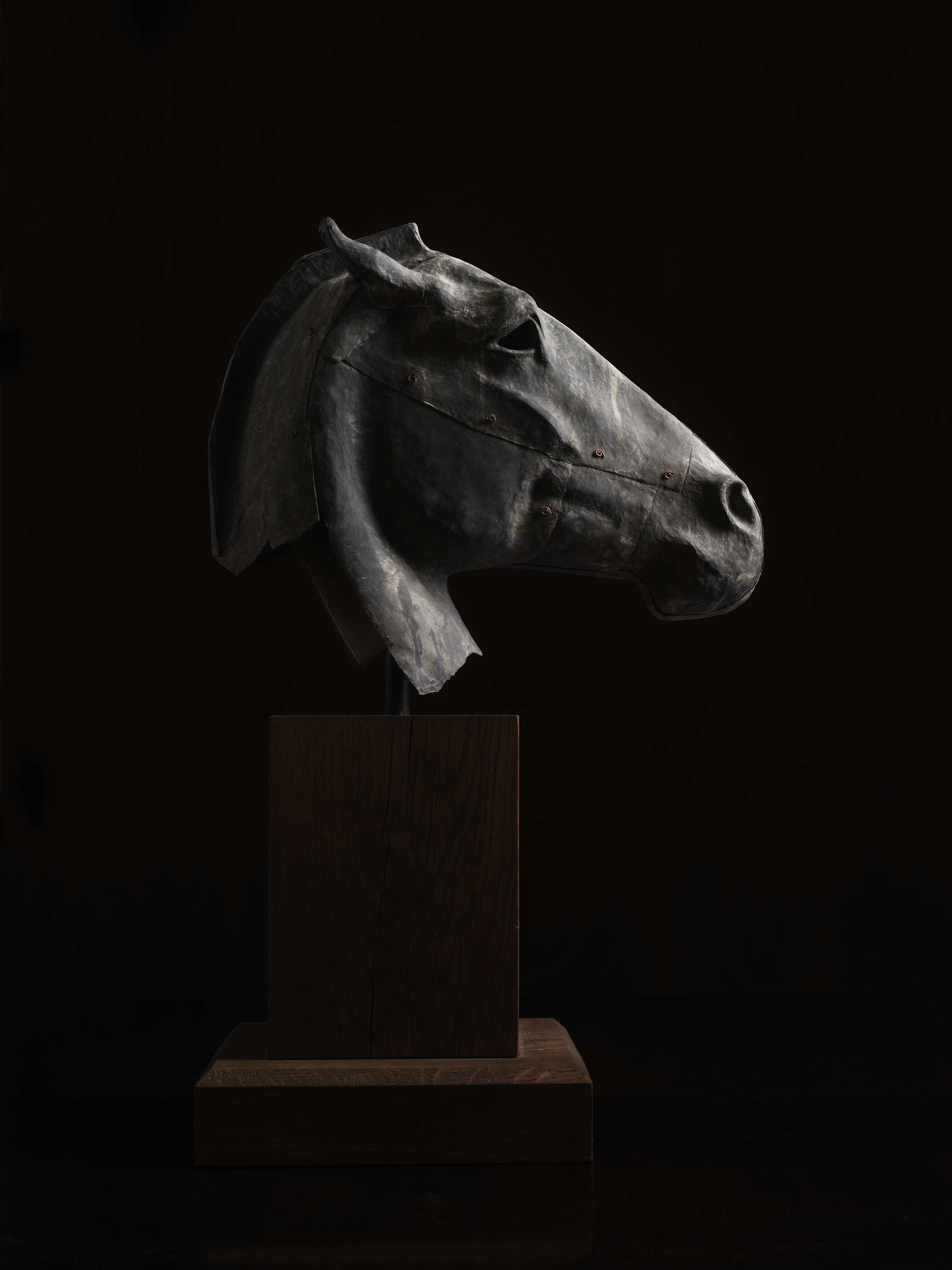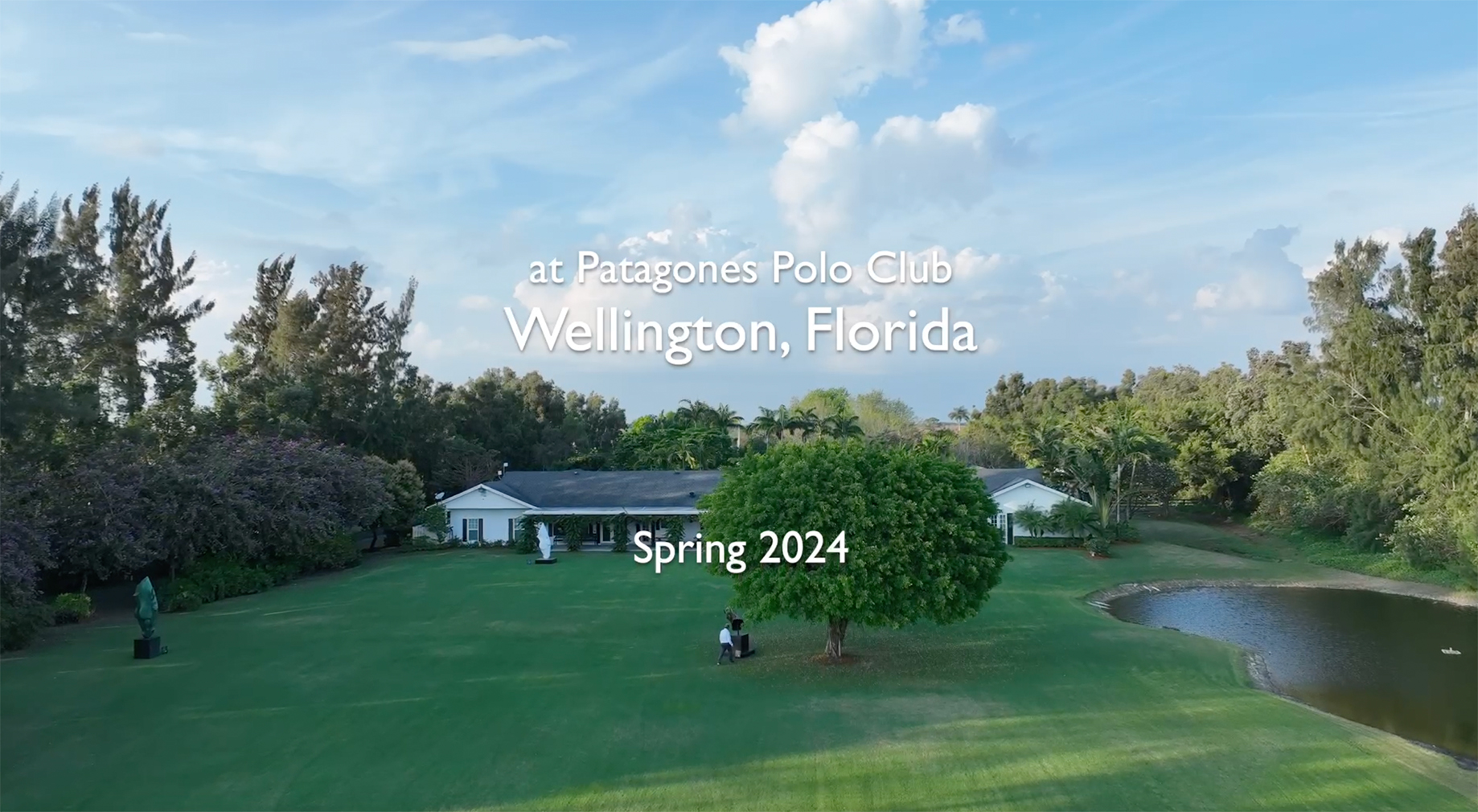
Nic Fiddian Green has been represented by the Sladmore Gallery for over 25 years. His work, which ranges between strikingly monumental and more intimate forms, is highly prized around the world in both public and private collections.
Born in Hampshire in 1963, after leaving school he took a one-year foundation course at Chelsea college of art in 1982. Engrossed in the horse as a subject, he was greatly moved by the power, skill and beauty of the Parthenon frieze and the Selene horse after first seeing the work in the British Museum. From 1983-1986 Nic attended Wimbledon college of Arts and further began to develop his interest in the equine subject and its creative potential. The year after graduating from Wimbledon, Nic enrolled on a bronze casting course at Central St Martin’s and over the next few years, whilst living in Stoke Newington, he proceeded to cast his sculpture in his backyard.
Nic Fiddian Green has had many successful exhibitions both here and abroad in the many years the Sladmore has represented him, and whilst it is evident he still has an authentic affinity with the nineteenth and twentieth century masters also exhibited by the gallery – from Barye, Mene or Bonheur, to Bugatti, Degas and Frink. His growing international reputation testifies to the totally original and deeply involving nature of his work.
Nic’s expressive, often romantic equestrian studies are the main signature motif of his work, and they are spectacularly represented in recent exhibitions. The tenor of these works varies from the reposeful and meditative to the vibrant and passionate. As with his illustrious predecessors, the training that led to his style has been a combination of formal art-college study and private, passionate self-teaching, absorbing lessons both from art and nature. As a young art student in London, he was inspired by the Parthenon frieze at the British Museum. Later, time at a stables gave him the familiarity with living horse anatomy. Such are exactly the kinds of formative experience that created the great romantic and early modernist sculptors, as when Barye, versed in classical sculpture of the French collections, took to visiting the city’s zoological gardens to draw the animals in life, or Bugatti’s many hours spent at Antwerp zoo.
Some discussion of Fiddian-Green’s works has concentrated on whether he is romantic or classic in spirit. The truth is that he assimilates both these perennial human tendencies within a completely original and contemporary vision that is vital, exciting and modern. His sculpture has huge dynamism and animation, yet at the same time an underlying repose and calm. This paradox is encapsulated in the very technique by which he creates his pieces – the highly physical, raw form of his bronze casting. He also deploys other very direct techniques such as repoussé (beaten panel) in his striking lead and copper sculptures, made by hand.
Fiddian-Green’s career has been a dedicated pilgrimage in terms of style, technique, vision and philosophy. Working first in the Mediterranean, for the last thirty years he has had his studio at home in Surrey. Over the past twenty-five years that the Sladmore has represented Nic, we have organised solo exhibitions in many important locations, institutions and art fairs internationally.


